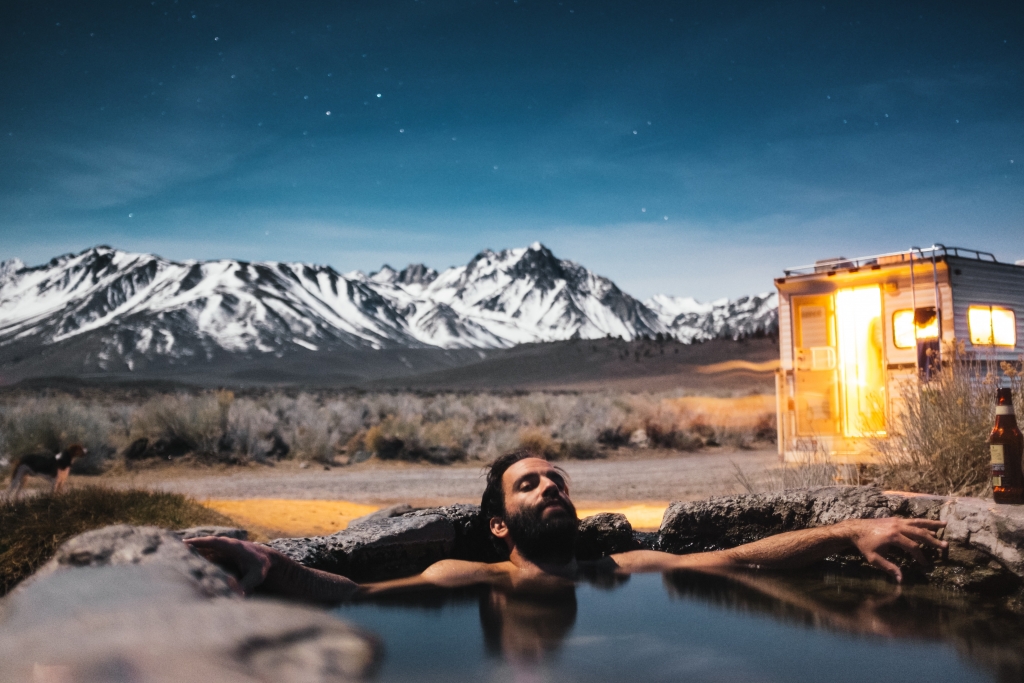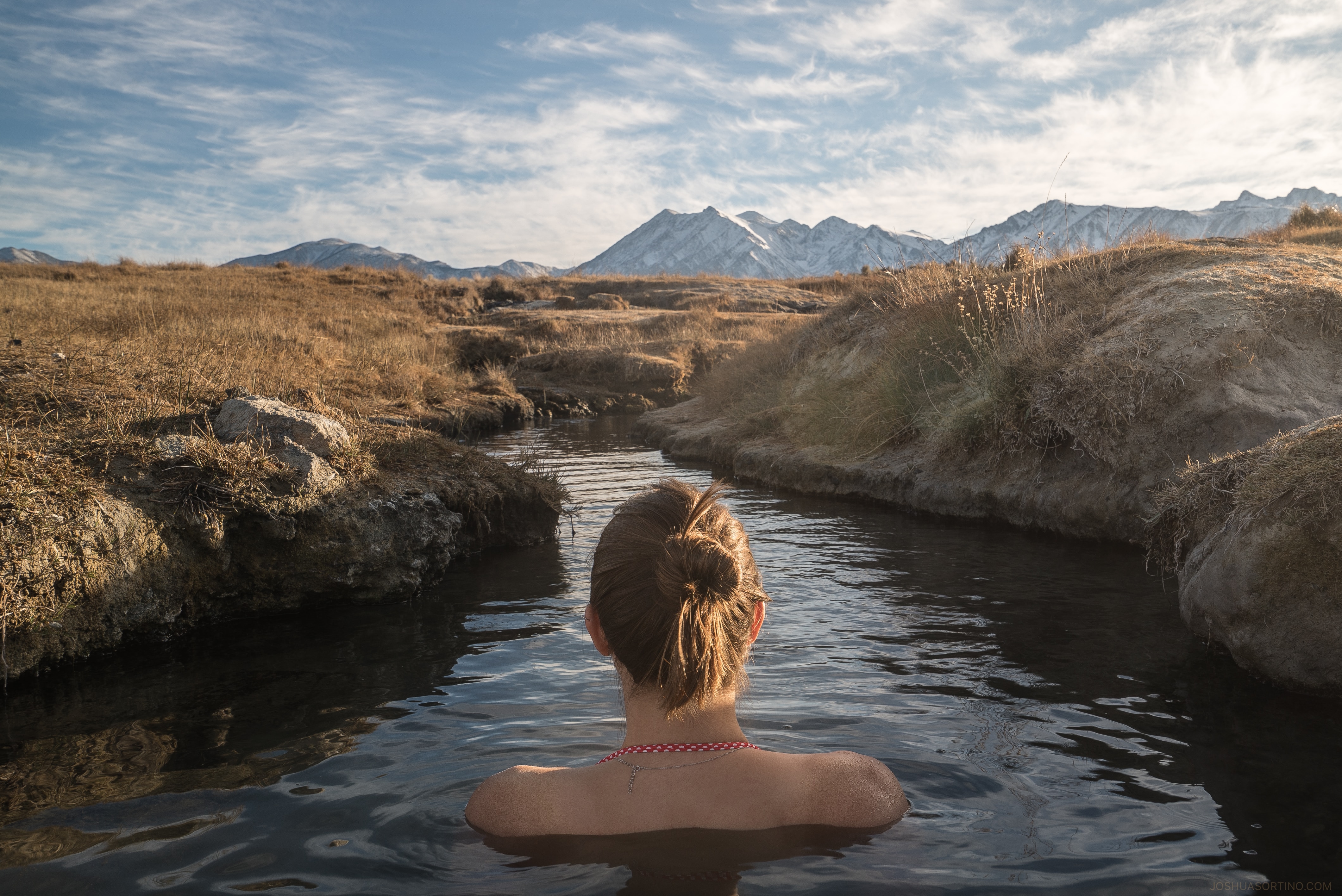The beneficial properties of therapeutic bathing have been well-known since ancient times. Referred to as hot springs, mineral baths, thermal medicine, hydrotherapy and “taking the waters”, the art of using heated mineral water to rejuvenate the body is one of the oldest healing methods.
While not all natural springs are healthy for humans, there are numerous waters around the globe touted for their healing ability to relieve pain and treat illnesses, especially rheumatism and skin issues. You can find natural hot springs across the United States and worldwide, most famously in Italy, Japan, Iceland, Bali, Brazil and Turkey.
How are hot springs healing?
Before science could explain it, humans (and animals) recognized and benefitted from the healing powers of soaking. It is said to be the minerals that make hot springs therapeutic. Heated water is able to hold more solids than cold water, making it more mineral-rich, but hot water itself is beneficial in easing tired, achy joints and muscles. Heat disrupts and blocks pain receptors in the body, alleviating pain. The combination of heat and mineral cocktail found in many hot springs work to alleviate tensions, and decrease stress and anxiety in the body, making it a welcome healing method for our stressed society.

Who’s using hot springs?
Before indoor plumbing and the ability to draw oneself a relaxing hot bath, communities utilized natural mineral pools. They were the original watering holes, and were as much a social experience as a replenishing one. Many towns around the world have been built around hot springs, both for local use and for the crowds of visitors drawn to the healing waters. There are spa towns that go back thousands of years, and many famous people have been known to use the restorative power of healing waters to improve their health and lives. U.S. President Franklin D. Roosevelt built what was called the Little White House near the Georgian springs he frequented.
What can you expect when “taking the waters”?
There are a wide variety of ways to take in healing waters. Some feel drawn to the opportunity to experience hot springs that are the closest to nature and wildest possible. If that appeals to you, a hole in the ground experience may be best, but be mindful of bacterial risks that can occur with these unattended springs. Or you might feel more drawn to an outdoor tub at a local spa, or a luxurious world-famous resort. Hot springs run the gamut, and there’s a soaking experience for everyone.
If you can’t get to hot springs, you can easily recreate a mineral bath at home with quality epsom salts or Himalayan pink salts. French minerals are popular around the globe and are easy to order online. You might also want to try adding some clay to your bath if you feel your body could use detoxification. Just be sure to drink extra water to keep yourself hydrated.
There’s been a resurgence of soaking for its scientifically proven preventative, therapeutic and rehabilitative purposes. As wellness tourism blossoms, opportunities to take in the waters has become easier than ever. Whether a local or more exotic location calls to you, we can all benefit from this culturally appreciated rejuvenation practice.





